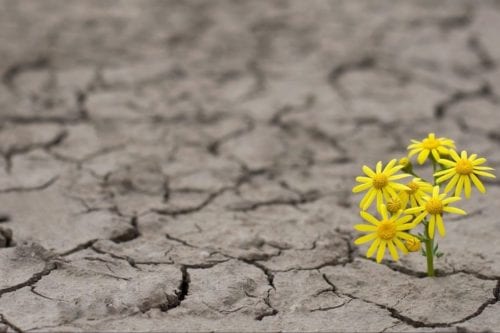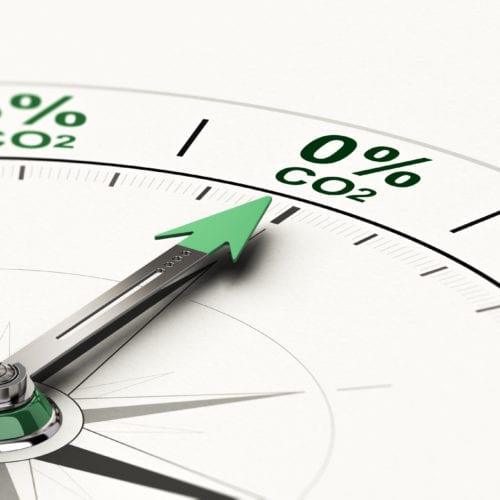
Applying Hope in a Time of Crisis
The COVID-19 pandemic is many things: a health crisis, an economic crisis, and a crisis for specific sectors. Even as the curve of new cases flattens in many nations, it is not clear how long restrictions on interaction and travel will need to be imposed to keep people safe. And with so many businesses closed, entire industries collapsing, and millions out of work, the economic fallout is just beginning.
This is also an emotional event. The health concerns, illness or loss of loved ones, and economic stresses of this crisis are putting emotional pressure on millions across the world. And it can be hard to remember in the midst of a crisis that these conditions, as in other crises, will eventually pass.
At Rocky Mountain Institute, we are guided by the words of our co-founder, Amory Lovins, that in times of crisis neither false optimism nor despair are warranted. Instead, what is needed is hope, and specifically applied hope.
But what is applied hope, and what is the difference between this and optimism? Lovins explained in a commencement speech at Olin College last May:
The optimist treats the future as fate, not choice, and thus fails to take responsibility for making the world we want. Applied hope is a deliberate choice of heart and head. The optimist, says David Orr, has his feet up on the desk and a satisfied smirk knowing the deck is stacked. The person living in applied hope has her sleeves rolled up and is fighting hard to change or beat the odds. Optimism can easily mask cowardice. Applied hope requires fearlessness.
As terrible as this crisis is, it presents a window to intensify our work toward a different future: a cleaner, healthier, more just and sustainable future. And that is something we have a responsibility to act on. This crisis is only one of many that we will see as climate change accelerates globally, and how we act today can lessen the severity of these future crises.
Stimulus
The economic consequences of this pandemic are forcing governments around the world to take an active role in supporting the economy, and this is an opportunity to accelerate the clean energy economy of the future instead of propping up the dirty, inefficient industries of the past.
Multiple programs at RMI are engaged in helping to provide guidance to policymakers around stimulus and recovery measures. Working with other non-profits and advocacy organizations we are presenting frameworks and specific policy mechanisms that can help the United States and other nations to not only rebuild and put people back to work, but to build back better.
Specifically, there is an opportunity to put people back to work in making our buildings more efficient and safer including through electrification of cooking and heat, in building nationwide electric vehicle charging networks, and in installing more resilient solar and battery storage systems to protect critical infrastructure and vulnerable communities.
We must address the needs of the now, but we can do so while also planning for the future. We have seen clear skies in cities that were previously choked by smog, and we have seen a massive drop in emissions. We can have these conditions without the economic collapse driven by a pandemic, but it will take vision and work.
There is plenty to be done outside the political realm; businesses and civil society also have a strong role to play, which we will address in detail in a future post. The past decade has shown us that we cannot wait for federal leadership to address the climate crisis. Instead we can and must take action at the local, state, corporate, and even the individual level, to be the leaders that we need.
Across all of our programs—from mobility to electricity access in the developing world to our work with trucking and heavy industry—RMI continues our work in a spirit of applied hope. And we ask you to join us.

